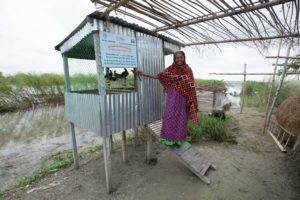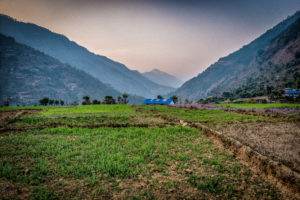What are Early Warning Systems?
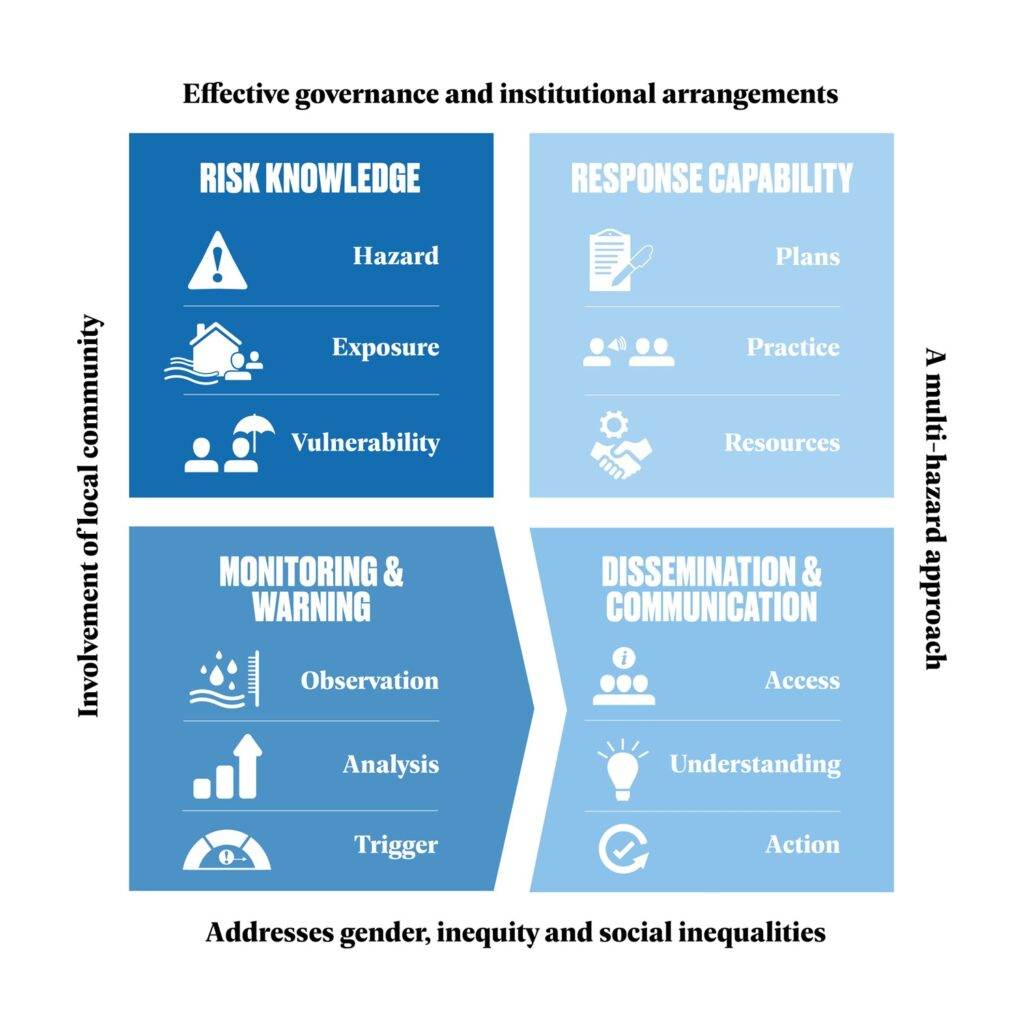
Above Diagram: All four elements and four cross-cutting components are required to develop an effective people-centred Early Warning System that provides the right information to everyone in the most appropriate way, with enough time to support early action before a crisis and save lives and livelihoods. The diagram is based on the United Nations Disaster Risk Reduction Office’s principles of developing an EWS.
Early Warning Systems monitor and predict hazards, such as floods, tsunamis, landslides, volcanoes, and droughts, and aim to reduce the risks associated with them. They use organised communications networks and preparedness processes to keep people safe. An effective Early Warning System (EWS) gives people the knowledge and skills they need to prepare themselves, and vital warning time to protect themselves when a disaster is forecast.
By acting before a hazard hits, the impact of disasters can be reduced. Most crucially, lives can be saved. In the Disaster Risk Reduction sector this is referred to as ‘Early, or Anticipatory Action’.
For an EWS to be effective, it needs to be holistic and designed to fit with people’s needs and daily lives. But how do we achieve this? The diagram on the right shows the four interrelated elements and four cross-cutting components that make an EWS effective.
Effective Early Warning Systems save lives
As the climate crisis continues to make natural hazards more frequent, intense, and unpredictable, disaster preparedness is becoming more important than ever.
At Practical Action we work with communities living in areas prone to extreme climates. These families also survive on very low incomes. As such, they are very vulnerable to natural hazards like floods or droughts. They lack the resources needed to prepare for and prevent the impacts of disasters. Working in collaboration with these communities, we are committed to developing and implementing effective EWSs that prepare and protect people, making them more resilient to disasters.
Our approach is not about trying to prevent or mitigate hazard exposure through ‘hard’ infrastructure projects like dam-building. These can be useful, but the reality is that every dam has a breaking point; once it breaks or overflows the consequences of this man-made intervention are just as disastrous as a natural hazard.
Instead, our holistic, people-centred approach focuses on working with communities, finding ways for them to thrive despite the climatic challenges they face. We work closely with communities to understand their needs and find solutions that truly work for them.
This involves working with a diverse range of parties: not only the communities directly at risk, but also scientists and researchers who understand technical systems and governments who are mandated to deliver early warning messages so that we build a sustainable system. Through this collaboration, we can increase people’s knowledge of the risks to their lives and properties, improve monitoring and warning systems and make sure communities have the capacity to respond when risks loom. Disseminating information is an important aspect of EWSs and resilience building. Our Global Flood Resilience Programme is a great example of this.
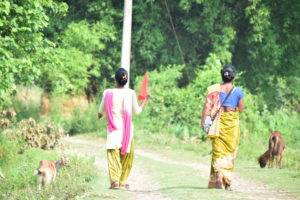
Volunteers disseminating early warning messages in person using colour coded flags and megaphones during a flood drill in Nepal.
Where and how Early Warning Systems work happens
When it comes to understanding risk, monitoring potential hazards and providing timely warnings, different contexts and natural hazards require different approaches. For example, Practical Action primarily works with EWS for flood-prone regions, across the world, and also in places where landslides can occur. The approaches and solutions we implement vary a lot from country to country.
Here are some examples of our work with Early Warning Systems:
- In Nepal, heavy, annual monsoon rainfall can be a flood risk. We have tried and tested a range of river monitoring technologies, from basic watchtowers to LiDAR sensors. We also worked with the national government to develop a forecasting methodology that can increase warning lead times by up to 6 hours.
- In Peru, where people are at risk from huaycos (flash floods or mudslides triggered by heavy downpours) we have developed low- and high-tech solutions: rainfall monitoring technology using basic rain gauges made from plastic bottles are low cost and easily accessible; meanwhile 3D printed weather monitoring stations improve the accuracy of early warnings and gather data to improve knowledge.
- In Bangladesh, we’re using multiple methods to make sure warnings are accessible to more people. For example, localised voice messaging has been used to warn people when there’s a risk of flooding, and also to provide guidance on limiting the spread of COVID-19.
- During flooding incidents in Thiès, Senegal, we identified gaps in the existing EWS. To improve its effectiveness, we have established EWS ‘committees’ who now lead on disseminating warning messages to communities at risk.
- In India, with our partners in the LANDSLIP research programme, we developed a prototype landslide EWS. This has led to a decision to develop a National Landslide Forecasting Centre.
In all our projects, we ensure that the knowledge gained is shared across the organisation, among our partners and beyond to the wider disaster preparedness community.
Amplifying the positive impact of Early Warning Systems
Practical Action has been working with communities to develop EWSs for two decades. In this time, we have developed and tested many different approaches and learned a lot from doing so. As experienced research collaborators and knowledge brokers, we are keen to share this learning with others, because we think small-scale ingenious solutions can contribute to big change if taken to scale in the right way.
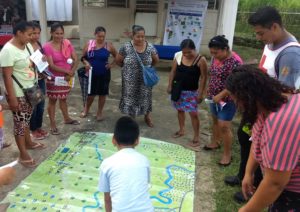
Community mapping in progress. Photo from Mexico Red Cross.
We understand that communities are diverse and prioritise the needs and experience of those most vulnerable. We’ve developed a framework for gender transformative Early Warning Systems and have used this to advise the design of gender and socially inclusive EWS, for example in the Philippines.
Go deeper
Author
Mirianna Budimir
I am the Senior Climate and Resilience Expert at Practical Action, UK. My work at Practical Action includes strategic planning and growing Practical Action’s climate and resilience portfolio, particularly on early warning systems, gender and social inequality, and climate change-related disasters.
